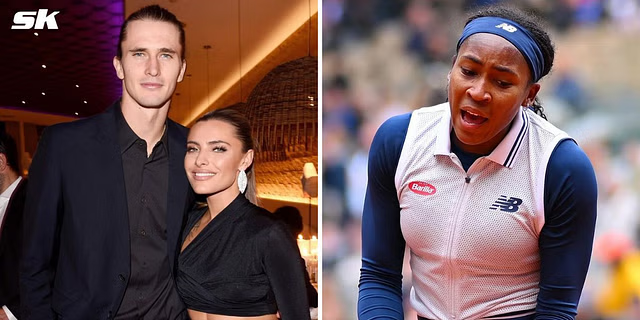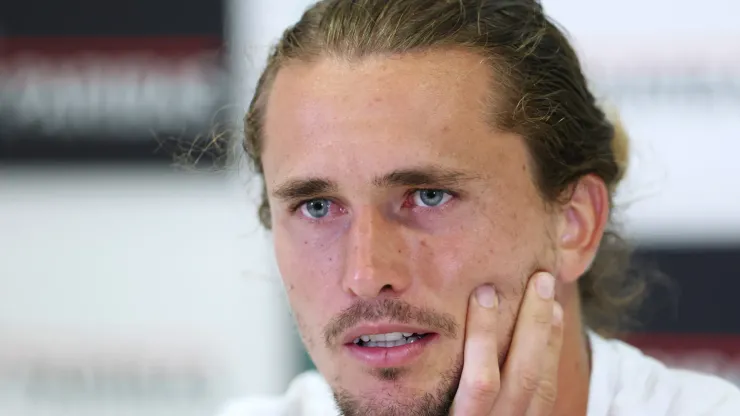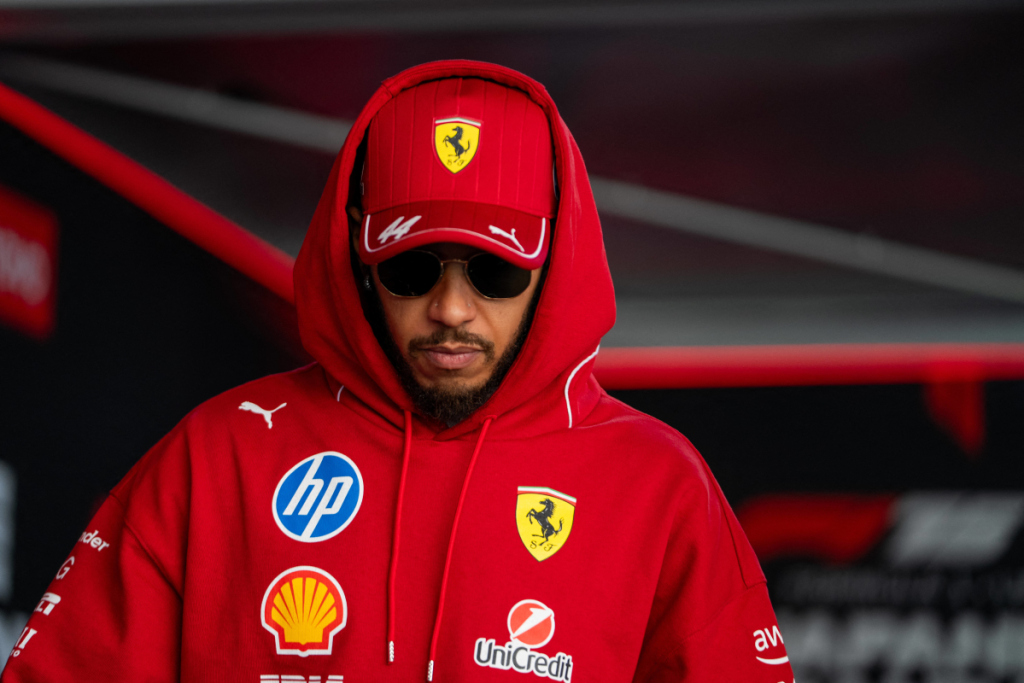The Chicago Cubs have made headlines across the baseball world with a bold and surprising roster decision: parting ways with two-time All-Star Cody Bellinger. This significant move marks a pivotal moment in the organization’s rebuilding strategy, as they aim to reshape the team for both immediate competitiveness and long-term success.
Bellinger, who had a resurgent 2023 season with the Cubs, played a key role in the team’s offensive production. His combination of power, defense, and veteran presence made him a fan favorite and a leader in the clubhouse. However, despite his success, the Cubs have chosen to move in a different direction. In a shocking twist, the team designated Bellinger for assignment to make room for newly acquired outfielder Kyle Tucker, a star player brought in from the Houston Astros.
Tucker, known for his consistent hitting, defensive ability, and speed, brings a different dynamic to the Cubs’ outfield. The acquisition of Tucker reflects the front office’s commitment to transforming the roster with players they believe can make an immediate impact. By choosing Tucker over Bellinger, the Cubs are signaling a desire to optimize performance and maximize value across the board.
Following Bellinger’s removal from the 40-man roster, he was quickly traded to the New York Yankees. In return, the Cubs received highly regarded prospects Blade Tidwell and Marco Vargas. Tidwell, a right-handed pitcher, and Vargas, an infielder, are both viewed as promising young talents who could play key roles in the Cubs’ future. This trade not only allows Chicago to invest in its long-term core but also aligns with a broader league trend of balancing star power with developing youth.
The decision to part ways with Bellinger has sparked mixed reactions among Cubs fans and analysts. Many are disappointed to see a productive and popular player leave so abruptly. Others, however, recognize the strategic depth of the move. With Bellinger entering the final year of his contract and expected to command a significant salary extension, the Cubs may have decided that investing in younger, controllable talent was the more prudent long-term approach.
Cubs President of Baseball Operations Jed Hoyer has emphasized the importance of building a team that is competitive not just for 2025, but sustainable beyond. The moves made this offseason, including the acquisition of Tucker and the trade of Bellinger, reflect a vision of adaptability and forward planning.
As the 2025 season unfolds, all eyes will be on how these changes affect the team’s chemistry and on-field success. If Tucker performs at an elite level and the incoming prospects develop as expected, this bold decision could be viewed as a masterstroke. But if the Cubs falter or Bellinger thrives in New York, questions will undoubtedly arise.
For now, the Cubs have sent a clear message: they are not afraid to make tough decisions in pursuit of long-term greatness. Whether this gamble pays off remains to be seen, but there is no doubt that the winds of change are blowing strong in Wrigleyville.
Would you like a side-by-side stat comparison of Bellinger and Tucker?




